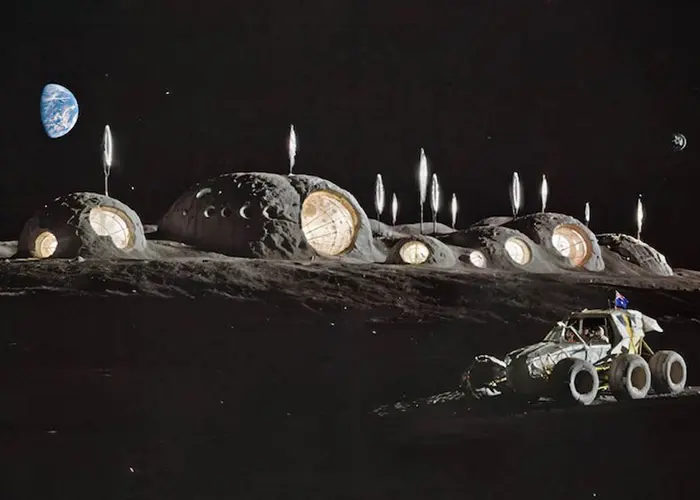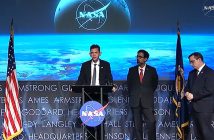
University students have been recognised for their off-Earth designs that could accommodate future deep-space explorers.
The inaugural Australian Space Architecture Challenge (ASAC) was organised by a team from the University of Adelaide’s Andy Thomas Centre for Space Resources (ATCSR).
“The Australian Space Architecture Challenge aligns with the goals of the Australian Civil Space Strategy and the Moon to Mars initiative to advance Australia’s position in the global space economy,” said the University of Adelaide’s Dr Amit Srivastava. He is the head of the Lunar Architecture Research Group at the ATCSR and led the team.
“Space architecture is an inter-disciplinary endeavour, which brings together capabilities across the entire range of STEM fields, as well as creativity and culture,” he said. “The competition aims to gather emerging talent across this wide range of fields and highlight the importance of a collaborative effort in imagining our future in space. It aims to increase national capacity and inspire the next generation of the space workforce. We challenged students to play at the boundaries of reality and imagination and contribute a vision of the future of human habitation on the Moon in 2069.”
The competition was not limited to architecture students but all those who dream about human presence in deep space. Entries were received from university students and recent graduates from across Australia.
First prize went to Eric Luan, Claire Basso, Robert Cameron, and JD Otto, students from the University of Western Australia, who devised a concept called Happy Homesick.
“Our concept investigates what a truly lunar or Martian architecture might look like and whether a human born in space could feel at home there,” said the team. “Most visions of future space habitation simulate a controlled version of Earth to shelter from the harshness of space.”
“Happy Homesick chronicles an alternative approach to lunar habitation, working with the Moon as a staging ground for Mars and beyond,” they added. “We wanted to focus on the everyday experience of future lunar settlers and cultivate a ‘sense of place’ that’s unique to the lunar landscape.”
Second prize went to Bowen Yang andYichan Wei from the University of Queensland for their concept, Lunar Urbanism, which the team see as a eulogy against minimalist mindset and the practice of Asceticism.
Ihab Shamseldin and Samer El Sayary from the University of Technology Sydney won third prize for their concept, Lunarium, which is the Moon’s version of the Earth’s terrarium.
Do Dang Quang Nguyen from the University of Adelaide was given an honourable mention for Alteon VII, a concept that supports long-term living and research to fuel the ‘human dream’.
ASAC was set up to develop and showcase Australian capacity in serving the long-term goal of deep space human habitation.
“Space Architecture is an inter-disciplinary endeavour, which brings together capabilities across the entire range of STEM fields, as well as creativity and culture,” said Srivastava. “This national level competition is set up to gather the emerging talent across this wide range of fields and highlight the importance of a collaborative effort in imagining our future in space.”
The winning team’s concept will be featured at the International Astronautical Congress (IAC) in Milan.
Space architecture is a growing area of focus for the ATCSR and has been a research theme since its inception in 2019. With the launch of the EXTERRES Roseworthy Analogue lab in April 2024, there are more facilities and opportunities for research in this area.
The Australian Space Architecture Challenge is supported by the Australian Space Agency and the South Australian Space Industry Centre.





